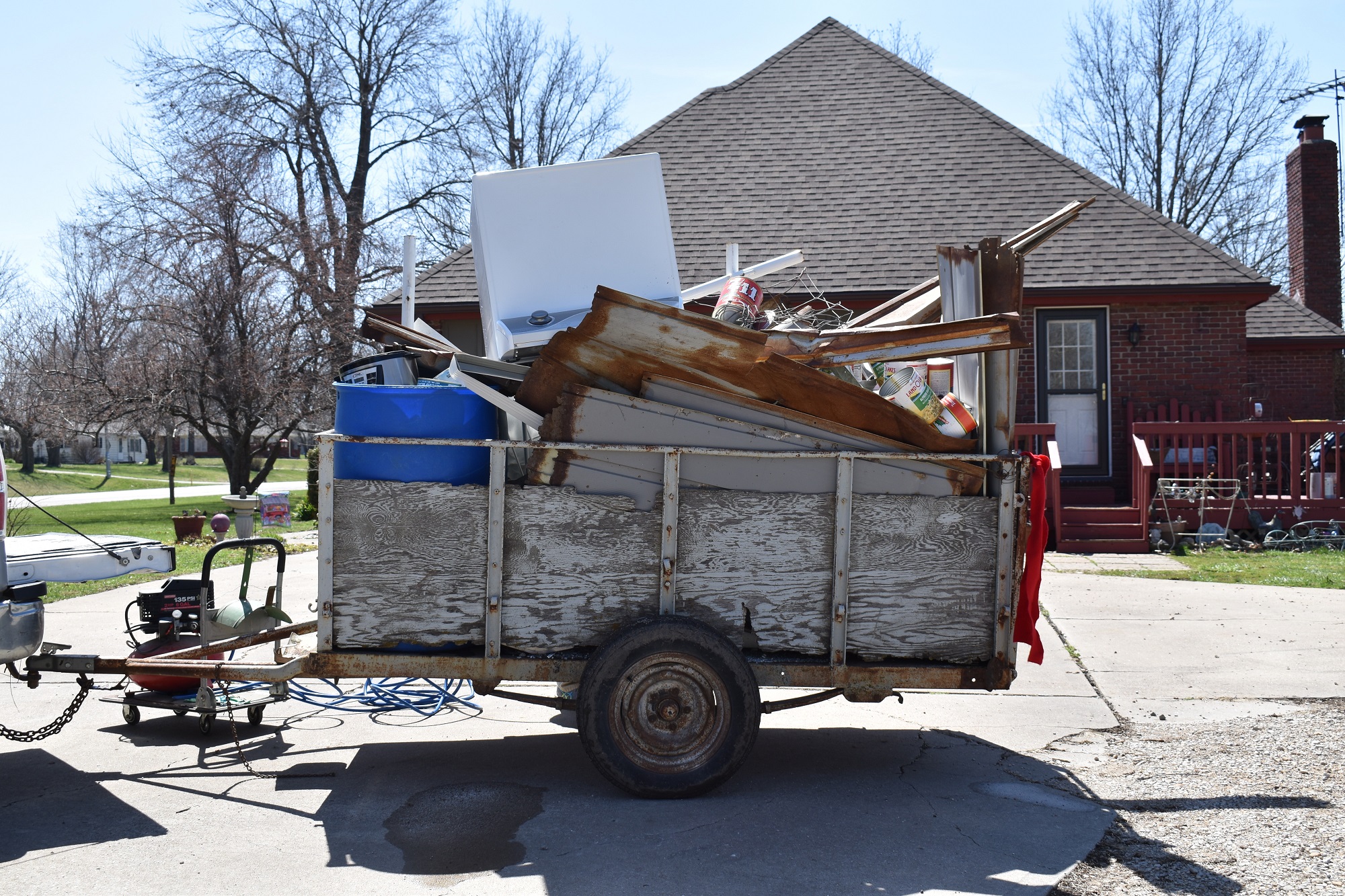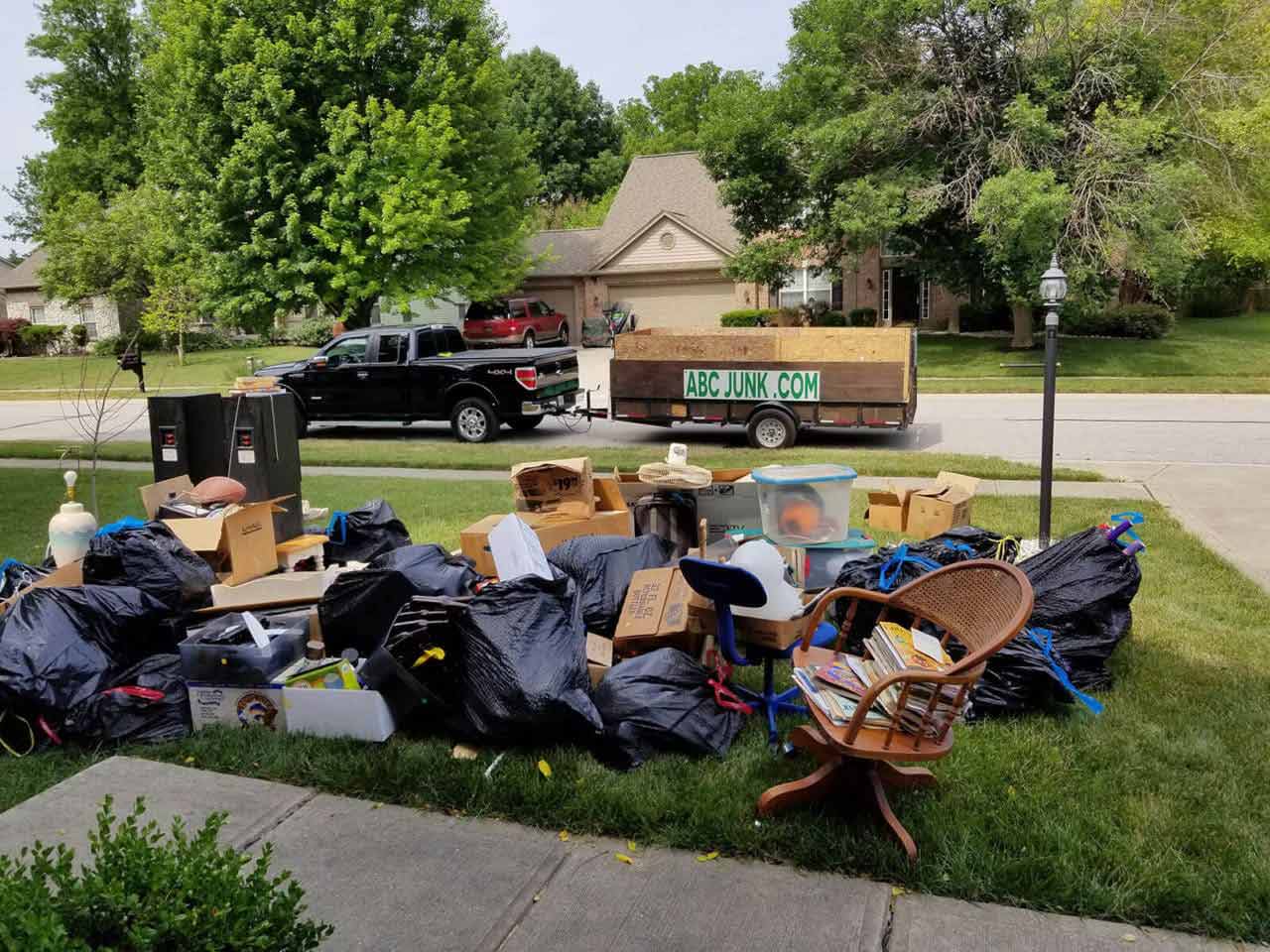Specialist Waste Monitoring Methods Customized for Industrial Settings
In industrial environments, the management of waste is a critical facet that demands precision and expertise. Tailoring waste management approaches to suit the unique demands of commercial setups is not just useful yet important for maintaining functional efficiency and environmental sustainability. By comprehending the complexities of various kinds of commercial waste, executing correct handling treatments for dangerous products, and developing efficient recycling methods, organizations can considerably reduce their environmental footprint and possible liabilities. The quest for improved waste management in commercial setups includes a precise strategy that stabilizes regulative conformity, cost-effectiveness, and ecological duty.
Importance of Tailored Waste Management
Customized waste management methods are necessary in industrial setups to maximize source use and minimize environmental influence. Industrial operations create a substantial amount of waste, ranging from strong byproducts to chemical toxins, posing a hazard to the atmosphere otherwise handled successfully (Junk removal Atlanta). By tailoring waste monitoring approaches to suit the details requirements and challenges of each commercial facility, companies can not only follow regulations yet additionally improve operational effectiveness and sustainability
One key element of customized waste administration is performing a thorough waste assessment to determine the types and quantities of waste generated. This assessment enables firms to apply targeted remedies such as recycling programs, waste partition procedures, and waste-to-energy campaigns. By comprehending the composition of their waste streams, commercial facilities can develop economical strategies to minimize waste generation at the source, bring about long-lasting ecological benefits.

Kinds Of Hazardous Waste
What are the different classifications of hazardous waste typically produced in manufacturing procedures? Hazardous waste can be classified right into several primary classifications based upon its structure and features. Contaminated materials is among the most crucial types, including chemicals, solvents, hefty steels, and various other products that posture a risk to human health or the environment. This classification commonly needs special handling and disposal approaches to stop contamination and ensure safety and security.
An additional usual kind of hazardous waste is non-hazardous waste, which incorporates products like paper, plastics, and product packaging waste. While non-hazardous waste may not pose prompt threats, appropriate administration is still necessary to lower land fill usage and advertise recycling and sustainability methods.

Contaminated Materials Handling Treatments
Effective administration of harmful waste in commercial setups requires stringent adherence to developed dealing with procedures to mitigate dangers and make certain ecological security. Hazardous waste handling treatments include numerous key actions to decrease the prospective impact on human health and the environment.
Secondly, once determined, unsafe waste needs to be carefully set apart from non-hazardous waste to avoid contamination and make certain appropriate treatment. Storage of contaminated materials need to comply with policies concerning containment, labeling, and compatibility to avoid leaks, spills, or various other events that can endanger workers or the environment.
Furthermore, dealing with treatments ought to include the usage of individual safety devices, employee training, and emergency action procedures. Regular inspections, tracking, and documents of hazardous waste handling activities are vital to keeping conformity and identifying areas for renovation. By following these structured procedures carefully, commercial facilities can properly take care of contaminated materials and promote their dedication to environmental stewardship.
Carrying Out Reliable Reusing Practices

To execute effective recycling methods, industrial centers need to first conduct a waste audit to recognize the types and amounts of recyclable materials created in their operations. Based on this audit, firms can then establish assigned reusing stations, provide suitable training to employees on proper sorting methods, and team up with trusted reusing partners for the collection and processing of products. In addition, setting specific reusing goals, tracking progress, and frequently connecting with team concerning the importance of recycling are vital actions to make certain the success and sustainability of recycling campaigns in industrial setups.
Monitoring and Constant Enhancement
To guarantee the efficiency and sustainability of waste monitoring strategies in commercial settings, the application of robust tracking and continual enhancement procedures is essential. Tracking includes tracking crucial performance indicators (KPIs) such as waste generation prices, recycling portions, and disposal expenses. On a regular basis evaluating these metrics enables companies to recognize locations for renovation and measure the success of applied waste administration efforts.
Constant improvement is vital for refining procedures gradually. It involves assessing checking information, identifying inadequacies, and executing changes to enhance waste monitoring techniques even more. This repetitive technique cultivates a culture of recurring enhancement and advancement within the company.
Utilizing innovation like waste tracking software program and IoT sensing units can simplify keeping an eye on initiatives, giving real-time information for educated decision-making. Worker training and engagement also play a crucial duty in ensuring the success of tracking and continuous improvement campaigns, as frontline staff are typically crucial gamers in waste management processes.
Conclusion
To conclude, customized waste monitoring approaches are critical for commercial settings to efficiently handle different kinds of waste, consisting of unsafe products. By carrying out reliable reusing methods and continuously tracking and boosting waste monitoring procedures, markets can decrease their ecological impact and make certain conformity with guidelines. It is vital for business to focus on waste administration to safeguard the environment and promote sustainability in their procedures.